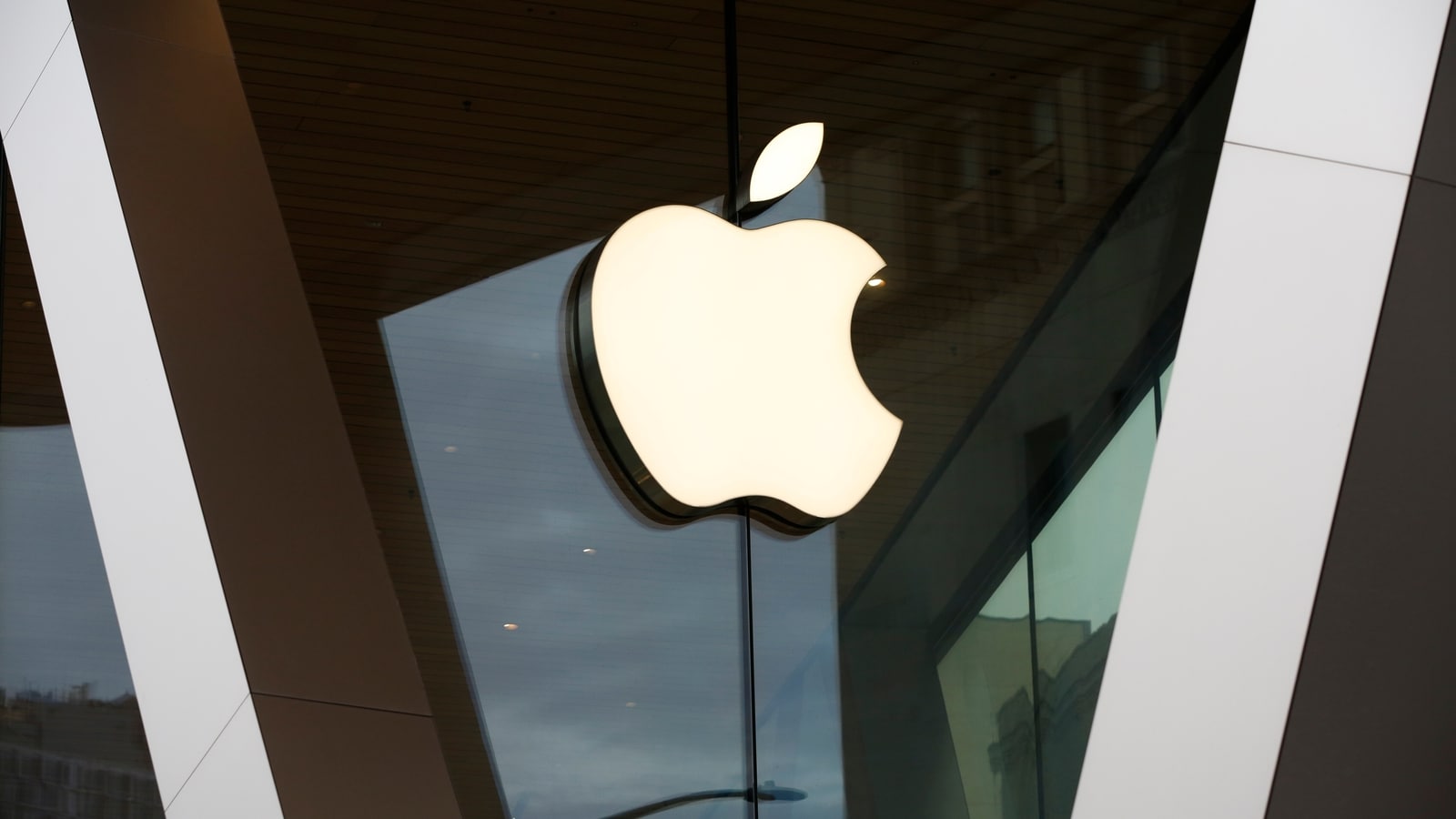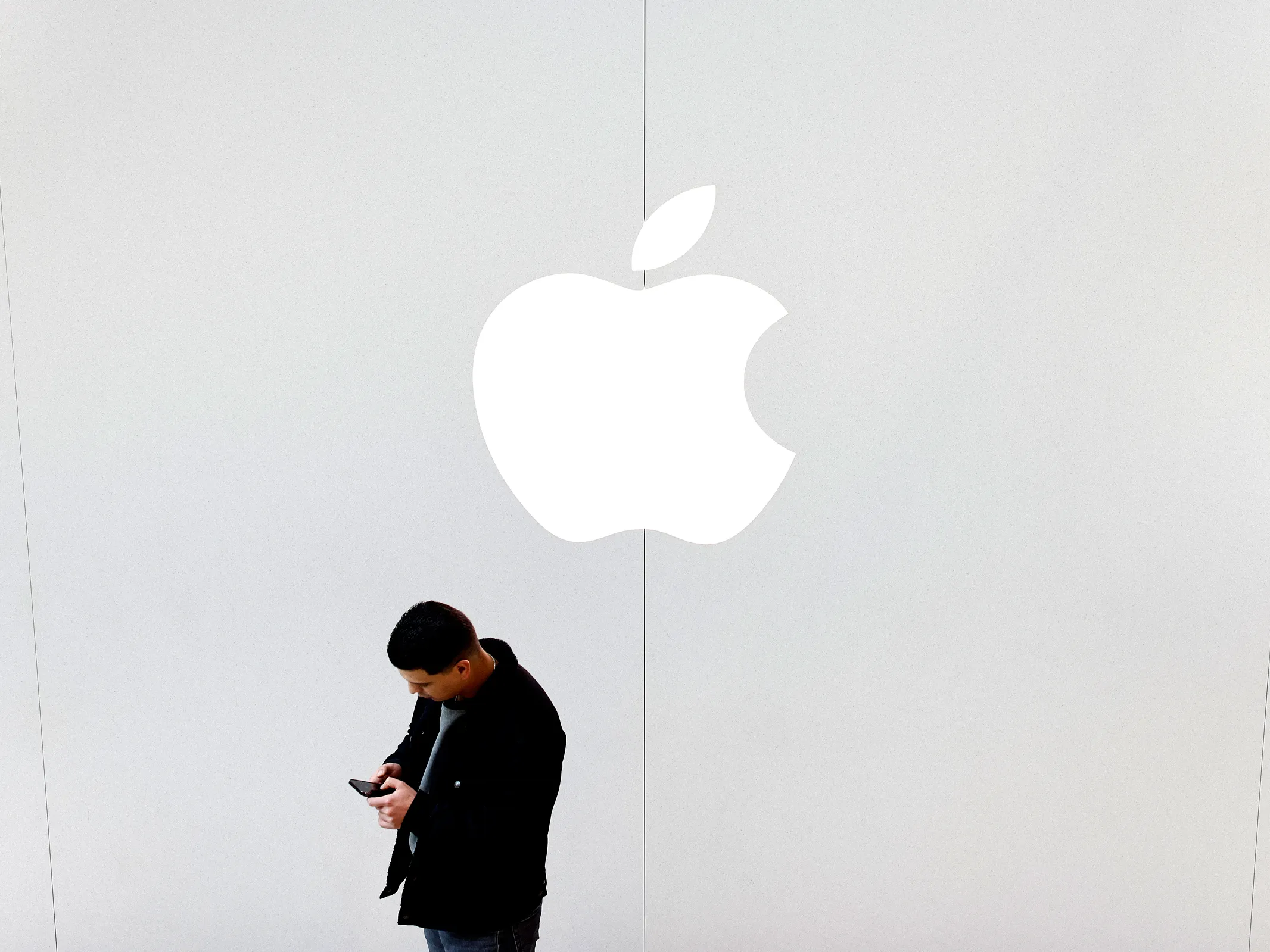In a striking development that has caught the attention of the European Commission (EC), Apple’s decision to disable the installation of home screen web apps on iPhones and iPads in Europe has ignited a firestorm of debate and scrutiny. This move, set to take effect with the release of iOS 17.4, represents a significant pivot in Apple’s strategy, ostensibly aimed at complying with the European Union’s new Digital Markets Act (DMA).
But as the dust settles, questions about the true motivations behind this decision and its impact on consumers, developers, and the open web are coming to the forefront.

The European Commission Steps In
The EC’s intervention underscores the gravity of the situation. By soliciting feedback from Apple and affected app developers, the Commission is laying the groundwork for what could potentially escalate into a formal investigation.
“We are indeed looking at the compliance packages of all gatekeepers, including Apple,” remarked an EC spokesperson, highlighting the focus on Progressive Web Apps and the implications of Apple’s actions under the DMA’s regulatory framework.

As the March 6 compliance deadline looms, the stakes are high not only for the company but for the broader ecosystem of digital services and platforms. The DMA’s stringent penalties, including fines of up to 10 percent of a company’s total worldwide annual turnover for non-compliance, underscore the seriousness with which the EU is pursuing this matter.
The Controversy Over Progressive Web Apps
At the heart of this controversy is Apple’s rationale for removing home screen web apps. Citing “complex security and privacy concerns,” Apple argues that the existing infrastructure of iOS does not support the secure integration of web apps through alternative browser engines.
This decision, however, has been met with skepticism and criticism from various quarters. Open Web Advocacy, a not-for-profit organization championing the open web, has lambasted Apple’s move as “a direct attack on the open web, its users, and its developers.”
The group contends that Apple’s justification, ostensibly rooted in security and privacy concerns, does not hold water. Instead, they see it as a calculated move to stifle competition and maintain the App Store’s dominance—and its lucrative commission structure—by preventing web apps from emerging as a viable alternative.
Apple under fire for disabling iPhone web apps—EU asks developers to weigh in https://t.co/w366i3v2pa
— Ars Technica (@arstechnica) February 27, 2024
Apple’s Defense and the Path Forward
Apple maintains that the changes were driven by the need to comply with the DMA while addressing security concerns.
“Addressing the complex security and privacy concerns associated with web apps using alternative browser engines would require building an entirely new integration architecture,” Apple stated, defending its decision as a necessary compliance measure.
Yet, this explanation has not quelled the discontent among developers and digital rights advocates. The debate centers on whether Apple’s actions are a genuine effort to comply with the DMA or a strategic maneuver to cement its control over the app ecosystem.
What Lies Ahead
As the European Commission delves deeper into this issue, the outcome of its inquiries could have far-reaching implications for the tech industry at large. A formal investigation could potentially force Apple to make significant concessions, altering the landscape of app distribution and web app integration on iOS devices.

Moreover, this episode highlights the ongoing tensions between major tech companies and regulatory bodies striving to ensure a fair, competitive digital market. The EU’s DMA represents a bold attempt to rein in the power of “gatekeepers” and foster an environment where innovation and competition can thrive.
How this situation unfolds will be a litmus test for the effectiveness of such regulatory efforts in the face of tech giants’ formidable influence.
As we await further developments, the tech community, regulators, and consumers alike are watching closely. The resolution of this conflict could set a precedent for how digital market regulations are enforced and how tech companies navigate the complex interplay between innovation, security, and compliance in the ever-evolving digital landscape.










